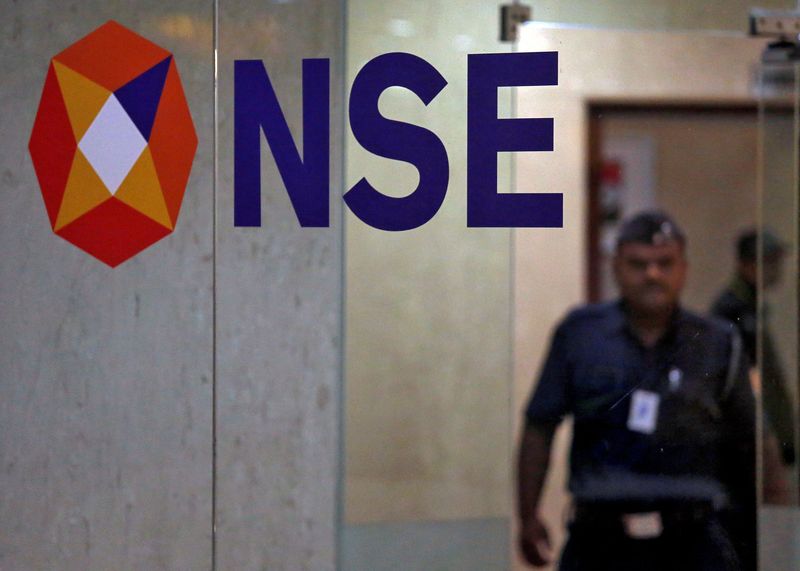By Alessandro Albano
Investing.com - We are not talking about the S&P 500, Euro Stoxx 50 or Hang Seng, but of BSE Sensex 30 and Nifty 50, the two Indian equity benchmarks that have touched new all-time highs in recent sessions, despite rising interest rates and a deteriorating global economy that have sunk major Western indexes in 2022.
After closing at 62,508.80 points Monday, the Sensex is updating highs with a 0.3% rise, while the broader NSE Nifty, after a record high at the close of 18,562.75, has gained another 0.3%.
According to several analysts, the buying on the Mumbai exchange is due to a new influx of liquidity from Western investors who, concerned about China's political and economic course, have decided to turn to India as a new outlet for Asia-Pacific markets.
Corresponding to this is an economic reality that seems to be far removed from that of the West, where many countries are struggling assiduously not to enter a recessionary phase and where the energy crisis seems to leave no room for any other solution than continuous interest rate hikes.
According to the IOCSE, after a boom of +8.7% in 2021, real GDP is expected to increase by 6.6% at the end of this year, while for 2023 growth is indicated at +5.7%.
Added to this is inflation at 6.8% in 2022 (OECD estimates), at +5.0% next year until slowing to +4.3% in 2024, partly due to the government's choices to increase imports of crude and other cheap energy goods from Russia.
This is very different from what is being observed, for example, in the euro area where the harmonized HCPI is seen at +8.3% this year and 6.3% at the end of 2023.
The country led by Prime Minister Modi has also seen an increase in foreign investment, similar to Southeast Asian countries, thanks to the anti-COVID restrictions imposed in China that have effectively forced Western (and other) entrepreneurs to relocate their operations elsewhere in order not to lose exposure in the macro-region with all that that entails in terms of exports and accessibility to supply chains.
"The outlook for Indian markets remains rosy in the medium term, as the structural growth drivers of the Indian economy are intact and India's macroeconomic parameters remain resilient to the challenges of the global economy," said Hemant Kanawala, executive vice president and head of equity at Kotak Mahindra Life Insurance.
According to Manoj Purohit, Partner and Leader - Financial Services Tax at BDO India, foreign investors continue "to be optimistic about Indian markets compared to other emerging and developed markets, as evidenced by the steady buying trend recorded since October 2022."
"The Indian stock market has succeeded in attracting foreign investors and credit goes to the steady performance of the Indian economy despite the global headwinds of the ongoing military war, fluctuating interest rates and fears of a recession knocking at the door," Purohit added.
The comments were compiled by Indian broadcaster NDTV.
